Above is the human brain which consists of the following parts:
The brain consists of cortical and subcortical structures (which are hidden under the cerebral cortex. The cortical structures or cerebral cortex are divided into different lobes: the frontal lobe (A), the parietal lobe (B), the temporal cortex. the occipital (D), temporal and islet cortex (these two are hidden in the image) .In addition, these lobes are divided in half into two hemispheres: the right and the left. the cerebral cortex, such as the cortex (1) that connects the two hemispheres, the chamber (2), the basal ganglia, the amygdala, and the mammalian bodies (6) .The brain is responsible for integrating all the information received from the sensory organs and organize a response.Controls motor functions, emotional and all higher cognitive functions: reasoning, emotional expression, memory (Squire, 1992), learning
Parancephaly (10): It is the second largest organ of the brain. It is mainly involved in orthostatic control and circulation, but also performs certain cognitive functions. Hypothalamus (4), pituitary gland (5) and pituitary gland (11): The hypothalamus communicates with the pituitary gland and the pituitary gland through the release of hormones to regulate visceral functions, such as regulating body temperature and basic behaviors such as diet, sexual function. response, the pursuit of pleasure, the aggressive response
The epiphysis plays a very important role in synchronizing the release of the hormone melatonin and in the regulation of sleep / wake, for which it is coordinated with the visual chiasm (3). The brainstem: consists of the upper end of the spinal cord (9). It consists of the spine (8), the protrusion (7) and the midbrain. The brainstem controls automatic functions, such as blood pressure or heart rate, limb movements, and visceral functions, such as digestion or urination.


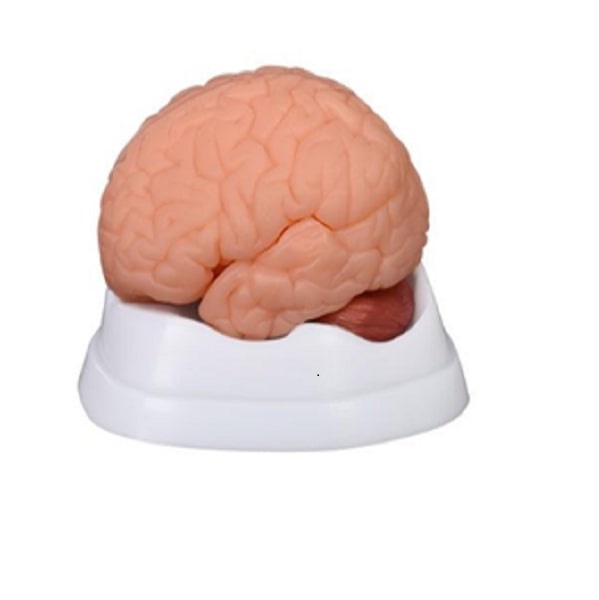

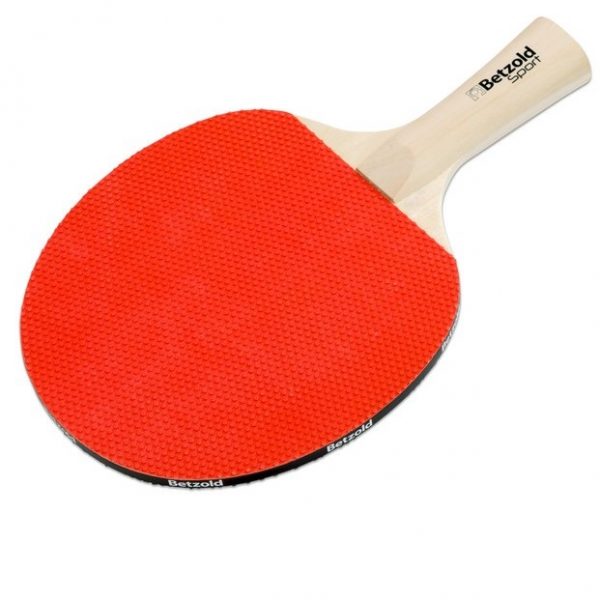

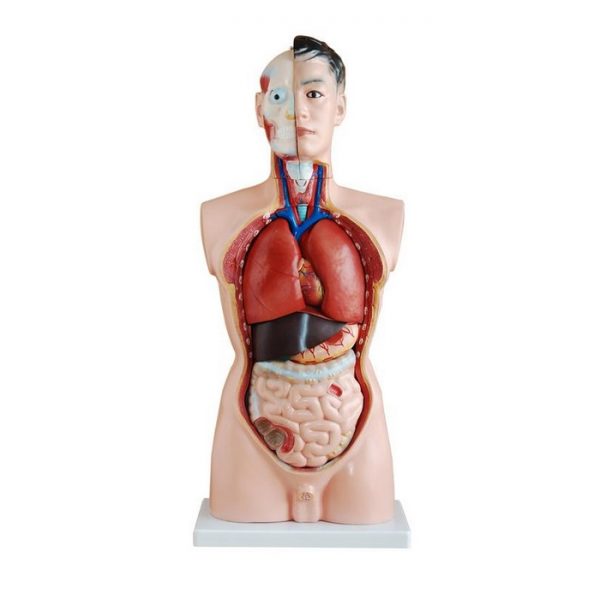

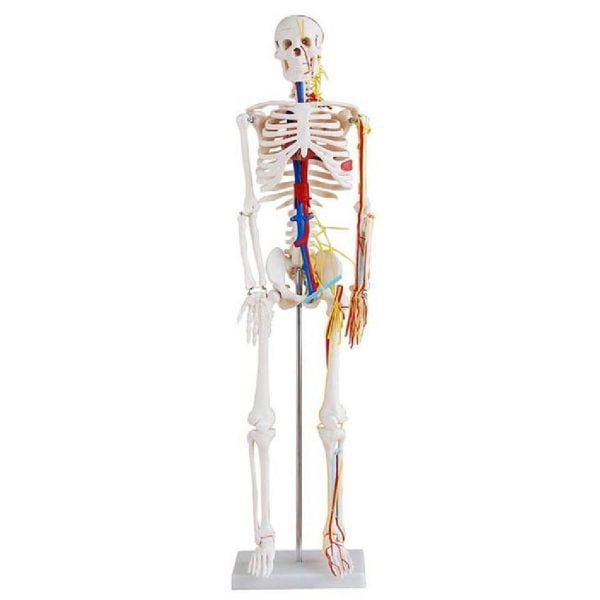
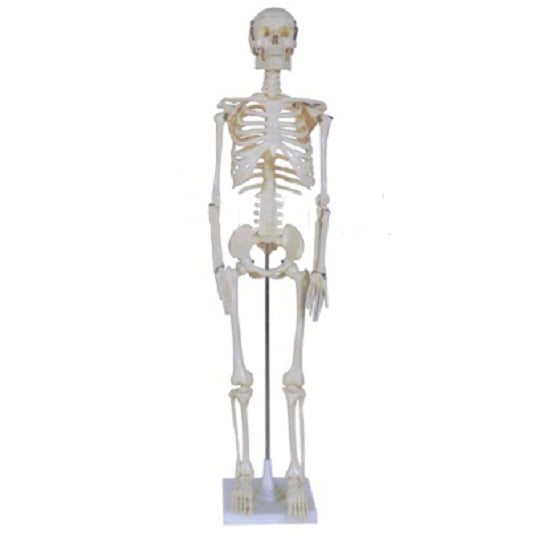
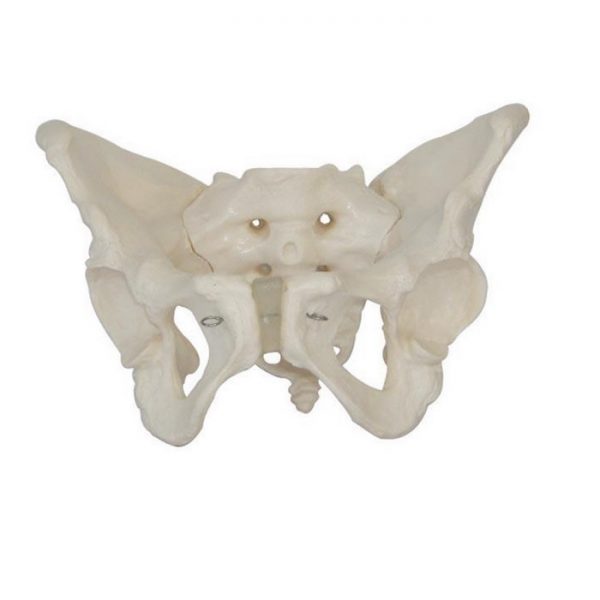
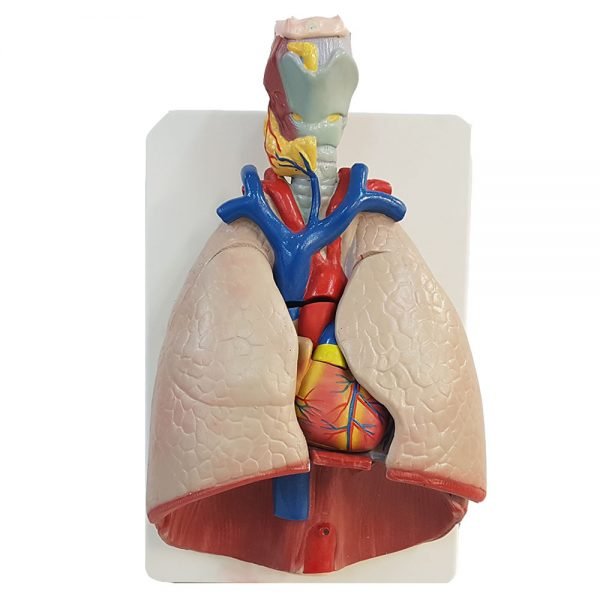
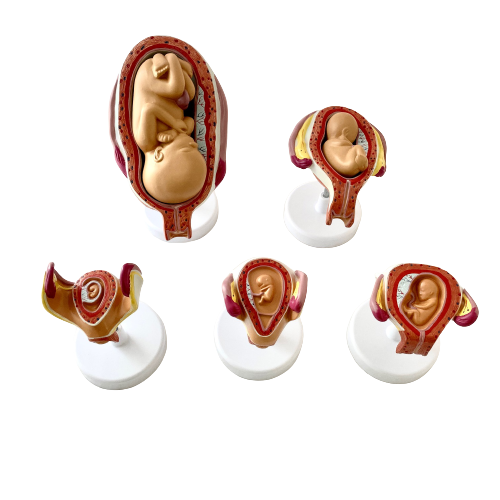
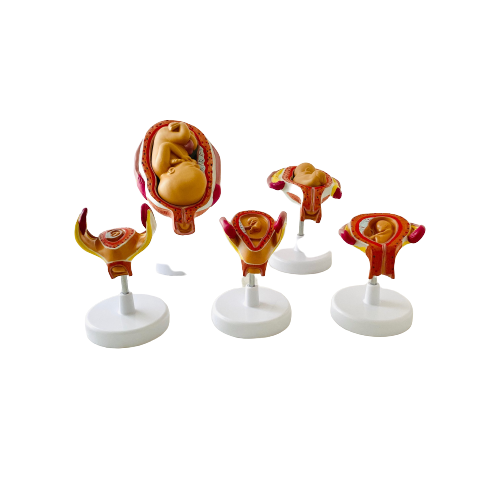
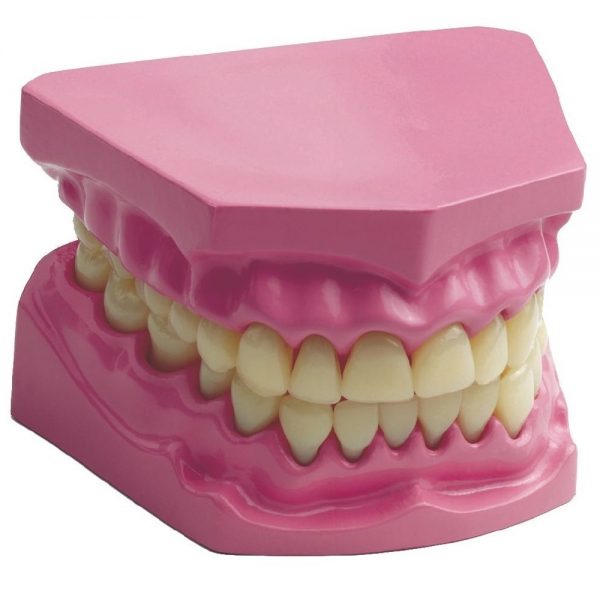
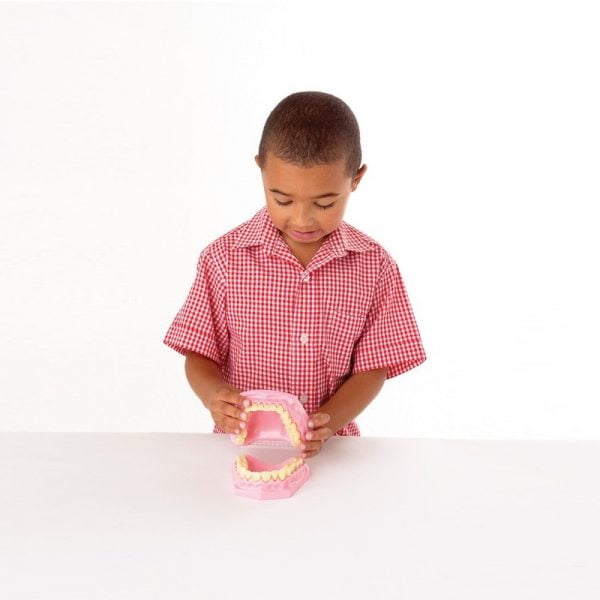
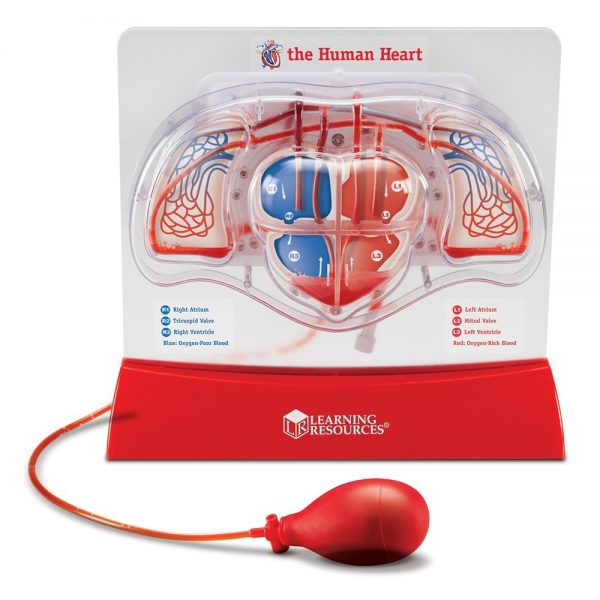
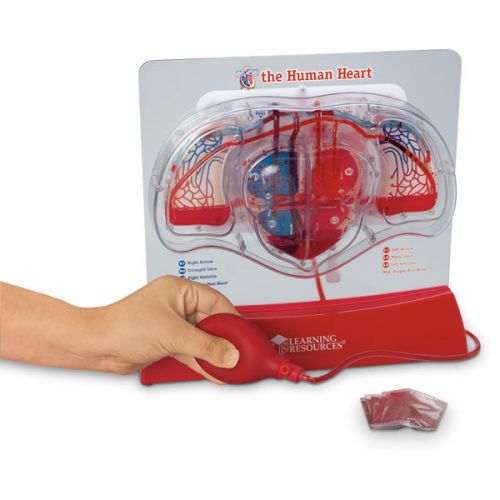
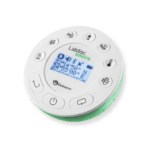 Labdisc
Labdisc Botzees
Botzees Edison
Edison Telepresence Robot
Telepresence Robot DOBOT
DOBOT Keyestudio
Keyestudio Fischertechnik
Fischertechnik